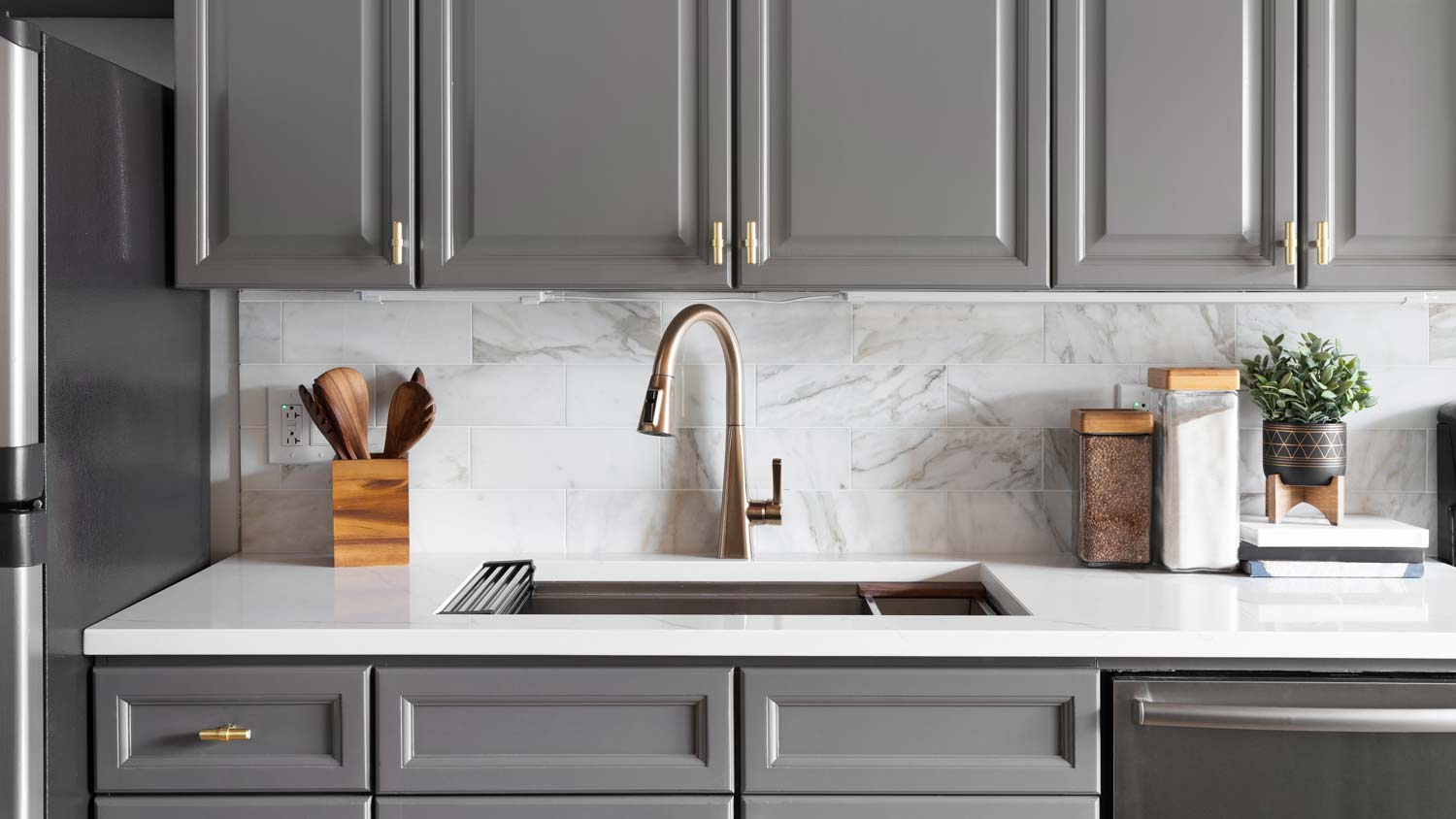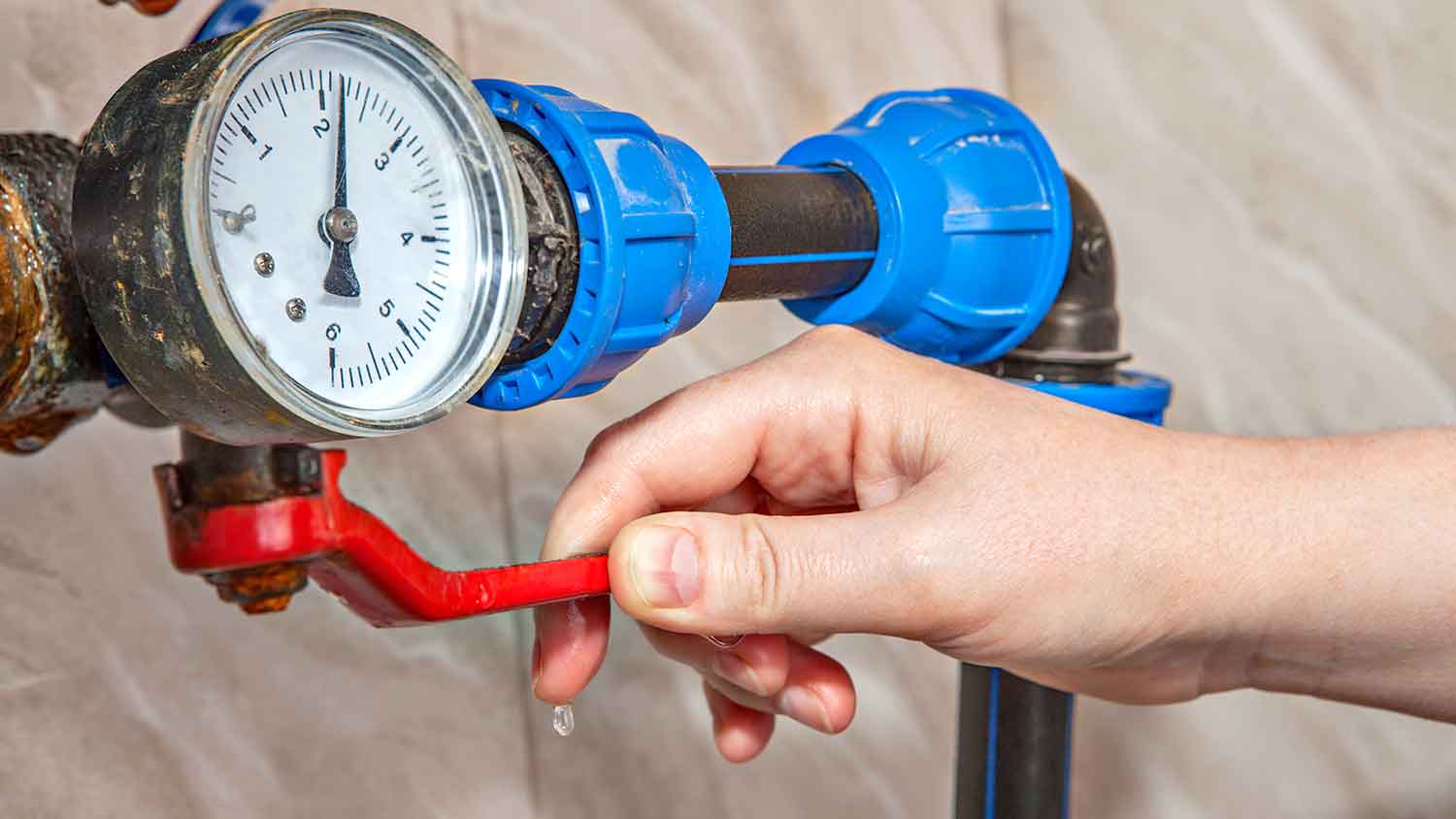
Simple-Visions Home Remodeling
Simple-Visions Home Remodeling
Simple Visions specializes in small to medium sized hOMe remodeling & Handyman Services, from a kitchen resurface to a total upgrade and replacement to a barrier fee bathroom that is beautiful, safe and healthy. Window and door replacement can be a great way to improve the value of your hOMe and save some money on energy costs. How about a new deck to replace the one that has seen better days?! Everyone has a hOMe improvement list, why not let us help you? We do Housecleaning too!
"Lou and his team are wonderful to work with. They are positive, professional, friendly, and they do terrrific work. They transformed our kitchen into the beautiful space we have today."
Molly M on June 2025
Simple Visions specializes in small to medium sized hOMe remodeling & Handyman Services, from a kitchen resurface to a total upgrade and replacement to a barrier fee bathroom that is beautiful, safe and healthy. Window and door replacement can be a great way to improve the value of your hOMe and save some money on energy costs. How about a new deck to replace the one that has seen better days?! Everyone has a hOMe improvement list, why not let us help you? We do Housecleaning too!
"Lou and his team are wonderful to work with. They are positive, professional, friendly, and they do terrrific work. They transformed our kitchen into the beautiful space we have today."
Molly M on June 2025











